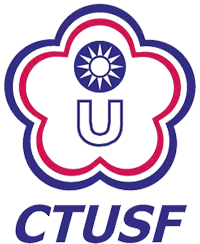Sports & Exercise Research Volume 12 Number 2
Author:Jiun-Chi Huang ; San-Feng Huang ; Yuh-Lin Lee ; Chiou-Wei-Da Lee
Period/Date/Page:Vol. 12 No. 2 (2010 / 06 / 01) , P69 - 77
DOI:10.5297/ser.1202.008
Effects of Hyperoxia on Speed Performance and Physiological Responses of Repeated Sprint Exercise in Junior Sprinters
Abstract:The purpose of this study was to compare the effects of inhaling either hyperoxic (95%) or normoxic (21%) gas at intervals and recovery period of repeated sprint exercise on performance and physiological responses. We hypothesized that 1.95% O2 at intervals would benefit to sprint performance at repeated sprint exercise and, 2. to eliminate the lactate in the recovery period after all sprint trials. Six junior high school male sprinters (age: 15±0.63 yr, height: 166.83±5.23 cm; weight: 54±4.34 kg; training: 1.83±0.75 yr) were participated in two sessions of 5 x 50 m sprint trials with three minutes resting intervals, and subjected to either 95% O2 or 21% O2 during all resting intervals and seven minutes recovery period after all sprint exercises were observed. No significant differences on speed of same trails' sprinting between hyperoxia and normoxia were observed when compared within each session. Speed at last trial (5th sprinting) was significantly dropped than 1st, 2nd and 3rd sprinting trials (p<.05) under normoxia, but same situation was not observed under hyperoxia. 2. The lactate accumulations had same curve pattern within all sprint trials between hyperoxia and normoxia, but within recovery period of each session the elimination rate of lactate was more efficient under hyperoxia compared to normoxia. 3. The SpO2 were significantly higher at most checking points under hyperoxia than normoxia. 4. Heart rate and blood pressure were not significantly changed between hyperoxia and normoxia, and same curve pattern within all checking points were also observed. The data showed that sprint quality was maintained under hyperoxia although the accumulations of lactate were not significant differences from normoxia within all interval sprint trials, and hyperoxia in the recovery period also showed more efficient on blood elimination rate. (Full text)




